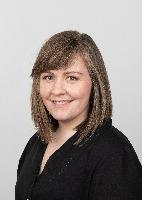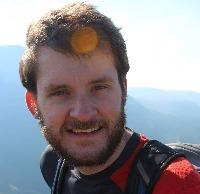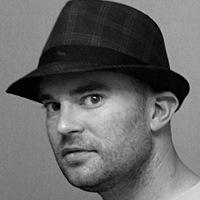Blog
Unless otherwise stated, content is shared under CC-BY-NC Licence
Practical Preservation: West Yorkshire Archive Service accepts a digital collection
Nobody has the perfect answer to digital preservation for every case. If we try we may fail; if we don’t try we will certainly fail.
Digital Preservation can be intimidating for organizations which have previously been used to managing and collecting paper archives. In this case note, staff from West Yorkshire Archives Service report on their experience in taking their first large digital archive. This made them confront new problems and new ways of working, they conclude that If we try we may fail; if we don’t try we will certainly fail.
Small Steps - Long View: how a museum service turned an oral history headache into an opportunity
The benefits of digital preservation can be expressed in terms of new opportunities they create in the short and long term. Even relatively simple steps can bring early rewards if properly embedded within the mission of an organization.
This case note examines Glasgow Museums' approach to its large and growing digital collections. It describes how some simple steps in addressing digital preservation have created short and long term opportunities for the museums. They used some very traditional simple and well know approaches - creating an inventory, assessing significance and promoting access - as the basis for building confidence to manage the wider challenges they face.
ASR2: Using METS to keep data and metadata together for preservation
Long-term access is improved when content and metadata are wrapped in a single package. In this way data managers will be able to access technical and administrative information with the content. The METS standard can help achieve this.
This case note examines the 'Archival Sound Recordings 2' project from the British Library, noting that one of the challenges for long term access to digitised content is to ensure that descriptive information and digitised content are not separated from each other. The British Library has used a standard called METS to prevent this.
Welsh Journals Online: Effective Leadership for a Common Goal
Long-term access often requires co-operation from many staff. There is a risk that responsibilities are unclear. Consequently it is important that a senior member of staff is charged with delivering an organization’s digital preservation strategy.
This case note examines a complex digitisation project at the National Library of Wales from the perspective of the organisation. There are many parties with an interest in digital preservation and many different skills are required. This creates a risk which can be managed where an organisation is clear about where responsibility lies for preservation actions. The solution in this case was to nominate a single senior member of staff as the lead officer for digital preservation and allowing them to work across different sections of the institution to achieve a shared goal.
Cabinet Papers: Policy as a Measure of Commitment
Digital preservation policies indicate whether an organization is committed to long-term access. Grant giving organizations should request copies of applicant’s digital preservation policies when funding data creation.
In this case note we examine the relationship between policy and practice in digital preservation. The National Archives has digitised a significant volume of the UK's Cabinet Papers, using techniques and practices that they have developed over many years. It has considerable expertise in digital preservation. However the measure of their commitment to long term preservation is not so much their undoubted expertise so much as their carefully considered policy framework for the long term management of digital resources. Funders often ask to see policy documents in assessing grant applications: for digitisation grants, or other grants likely to create prolific amounts of new and valuable digital content, it is reasonable to assess their digital preservation policies.
Freeze Frame: Preservation Partnerships
Partnership is a critical success factor for long term access to data from small or short-lived projects. This depends on a thoughtful dialogue between the project team and their preservation partner. Thorough documentation will be required.
In this case note we examine the relationship between the relatively short lived Freeze Frame project at the Scott Polar Research Institute and the institutional repository which offered to provide long term preservation services to ensure ongoing access at the end of the project. This study shows that small organisations don't necessarily need to establish a sophisticated preservation infrastructure when they embark on digitisation and that partnerships need need to be managed but can bring unexpected benefits to both parties.
iPRES 2016 Blog - Digital Art Preservation
Following on from Sabine Himmelsbach’s excellent introduction to digital art conservation at the key note, the theme was continued with the morning’s first session.
Towards a Risk Model for Emulation-based Preservation Strategies: A Case Study from the Software-based Art Domain
The first session was presented by Klaus Rechert from the University of Freiburg in Germany.
The British Library has worked with Freiburg and the Emulation as a Service product, so it was interesting to have the opportunity to hear more about the workings and developments of emulation from their point of view. After a brief history of emulation, Klaus confirmed that despite great progress, emulation and virtualisation aren't quite there yet.
Of the major issues to resolve, the scalability is now mostly solved but sustainability and the long-term plans are not yet in place.
He went on to discuss a case study of software-based artworks with the goal of the project to highlight preservation risks of the emulation strategy. The computer system is the part that changes and that is where the emulation comes in.
External dependencies include artefact description & configuration, software environment & configuration and hardware environment. The key preservation risk is when the hardware or equivalent becomes obsolete which it where the emulation strategy is focussed. Acquisition and preparation is an analysis of what is available. You need to determine the environment and factors. If you don't have the environment, build one!
It also important to identify dependencies and whilst the dependent software may not change, the licensing does!
What the setup looks like!
iPRES 2016 Blog - Panel: Software Sustainability and Preservation
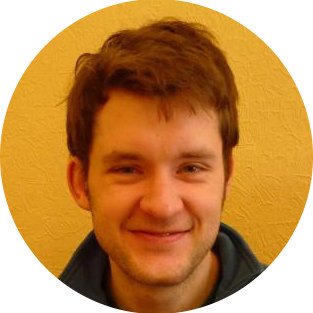
Paul Young has been Digital Archivist at the National Archives for just over a year, dealing with the ingest of Born-Digital records and undertaking file format research for PRONOM.
Paul attended iPRES 2016 with support from the DPC's Leadership Programme. This blog is part of a series produced by scholarship recipients who attended iPRES 2016.
Panel Discussion: Software Sustainability and Preservation: Implications for the Long-Term Access to Digital Heritage
Fear of the executables: who is going to preserve software in the UK?
I was reminded this week about the issue of software preservation from a couple of different quarters. First by a slightly random twitter conversation about reading lists, and secondly by the latest blog post from David Rosenthal. The former took me back to one of the first pieces of digital preservation literature I ever read. It was originally recommended to me by former colleague, friend and mentor, David Holdsworth. It helped me to really understand, for the first time, what the challenges of preserving digital stuff were all about. It's a short piece in the Computer Conservation Society bulletin called "The Problems of Software Conservation" by Doron Swade. It delves into what it means to preserve something interactive, where the function is (largely) more important than the physical form. Looking back, what strikes me about this writing is the date of publication. 1993. Despite many advances in digital preservation, so much so that someone touting the existence of a digital dark age provokes a backlash, we still haven't nailed the software preservation problem 22 years later.
Social Media for Good: the Series
![]() This year, DPC's Research and Practice team has been working on two studies commissioned by the UK Data Service as part of their Big Data Network Support. Both Preserving Social Media and Preserving Transactional Data will address the issues facing long-term access to this big, fast-moving data and will be published as Technology Watch reports. As part of Preserving Social Media, this series of posts examines some of the points of tension in the efforts of research and collecting institutions to preserve this valuable record of life in the 21st century.
This year, DPC's Research and Practice team has been working on two studies commissioned by the UK Data Service as part of their Big Data Network Support. Both Preserving Social Media and Preserving Transactional Data will address the issues facing long-term access to this big, fast-moving data and will be published as Technology Watch reports. As part of Preserving Social Media, this series of posts examines some of the points of tension in the efforts of research and collecting institutions to preserve this valuable record of life in the 21st century.
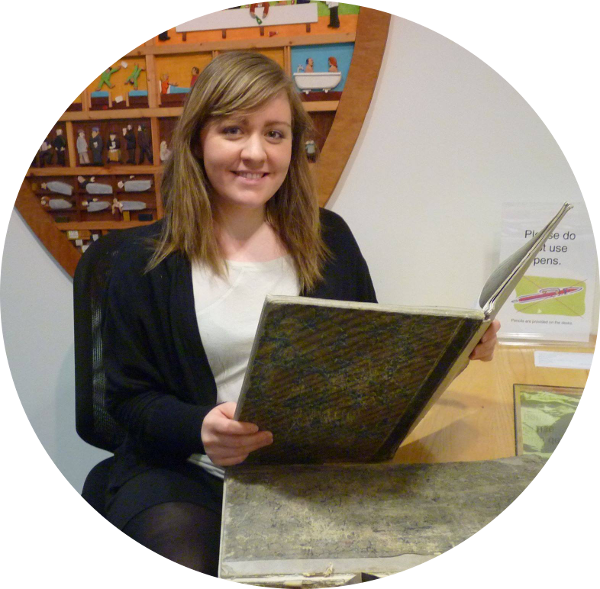
I'm Sara Day Thomson, Project Officer for the DPC, specialising in the pursuit of new ideas in digital preservation.
If you want to get involved, follow me on Twitter @sdaythomson and the DPC account @DPC_chatter to get the scoop on upcoming DPC events and activities!










































































































































